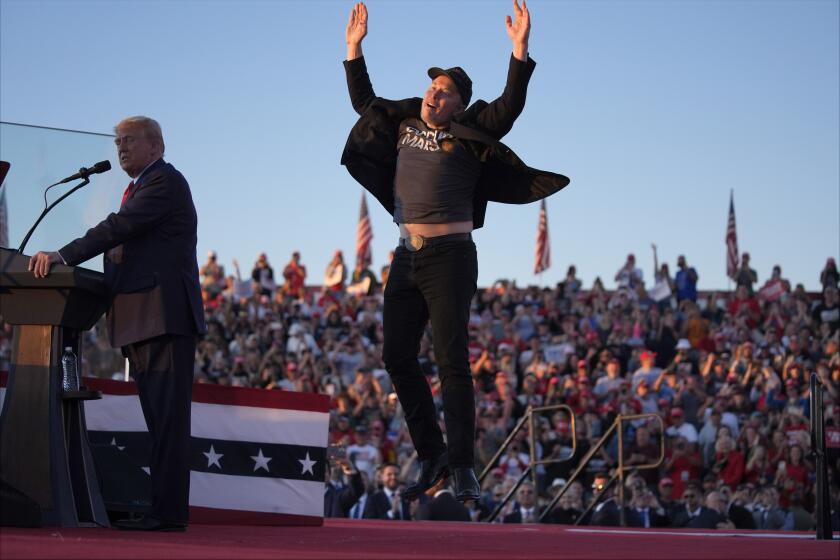President-elect Donald Trump’s administration was expected to favor traditional oil and gas industries, which could potentially undermine the electric vehicle (EV) sector. However, the unexpected endorsement from Elon Musk, the CEO of Tesla, created a unique dynamic. Trump’s previous criticism of electric vehicle mandates and subsidies shifted after Musk’s financial backing of his campaign. Musk’s influence on Trump led to a more favorable public stance regarding EVs, with Trump acknowledging the importance of market share for electric vehicles at a rally in Atlanta. This development raised the hopes of clean transportation advocates, who hoped Musk could temper Trump’s previous anti-EV rhetoric.
One of the primary concerns for the EV industry under Trump is the potential removal of buyer incentives, specifically the $7,500 consumer tax credit for electric vehicles. Interestingly, Musk himself supports the elimination of these subsidies, arguing that they are no longer necessary for Tesla’s success and that their removal would negatively impact competitors more than Tesla. Given Tesla’s current profitability, which includes substantial earnings from selling regulatory credits to other automakers, Musk believes that cutting these incentives could ultimately bolster Tesla’s financial position and market dominance. As a result, the dynamics in the EV market are causing a re-evaluation of traditional subsidy practices and highlighting Tesla’s unique market strategy.
Furthermore, Tesla is working on commercial electric vehicles, such as the Tesla Semi, but has faced challenges in competition with established truck manufacturers who are rapidly meeting high demand. The importance of federal grants for electric trucks cannot be overstated, as these grants heavily subsidize their cost compared to traditional diesel trucks. A reduction in these grants could hamstring competitors while giving Tesla an advantage as it seeks to catch up on production. Additionally, Musk has long expressed doubts about hydrogen fuel-cell vehicles, aligning with Trump’s own dismissive views, making it likely that he would advocate for a reduction in subsidies for hydrogen technology.
The questions surrounding tariffs present another layer of complexity. Musk’s position on Chinese tariffs has shifted — initially supporting trade barriers against Chinese EVs, he later came to oppose them, favoring unrestricted trade. This presents a challenge for Trump, whose administration has been vocal about implementing high tariffs on Chinese imports, a policy that could complicate supply chains and potentially raise consumer prices. Business leaders and economists warn that such tariffs could have dire consequences for the economy, particularly by inflating costs for intermediate goods crucial for automotive production, and it remains uncertain how fiercely Musk’s influence could navigate these challenges.
Moreover, funding for public EV charging infrastructure remains a crucial topic. The bipartisan infrastructure bill under President Biden allocated $5 billion for the development of charging stations nationwide. Given Tesla’s significant investment in its own charging network, it stands to benefit from an expansion in public charging infrastructure. This collaborative funding program aligns with broader economic growth, meaning Trump would likely continue support for such initiatives, despite his known preferences for traditional energy sectors. The existing allocations would require significant legislative effort to alter, providing some sense of continuity amid potential shifts in administration policies.
Overall, the intersection between Musk’s influence and Trump’s policies creates an uncertain yet intriguing landscape for the EV industry. Analysts see a possible scenario where Trump allows space for the growth of electric vehicles without completely abandoning traditional fuels. The challenge lies in balancing Trump’s pro-business tendencies with Musk’s progressive vision for clean energy and the EV market. This evolving dynamic presents both opportunities and challenges, requiring stakeholders in the EV space to adapt rapidly as policies take shape in the new administration. Key players remain optimistic, suggesting that the administration’s engagement with the EV sector could yield partnerships rather than outright defensiveness or elimination of incentives.

